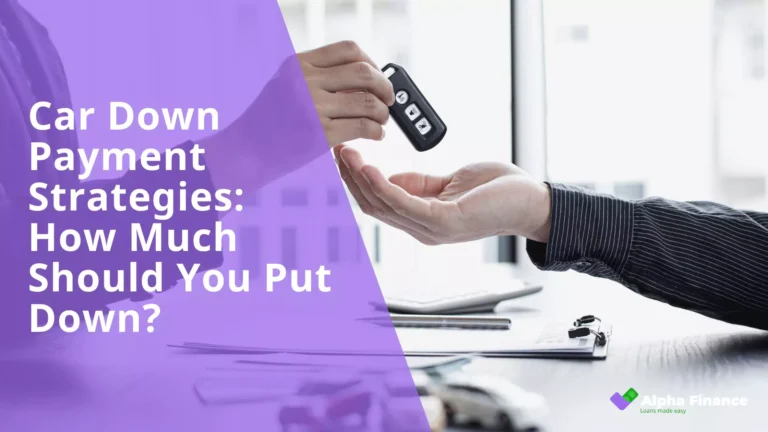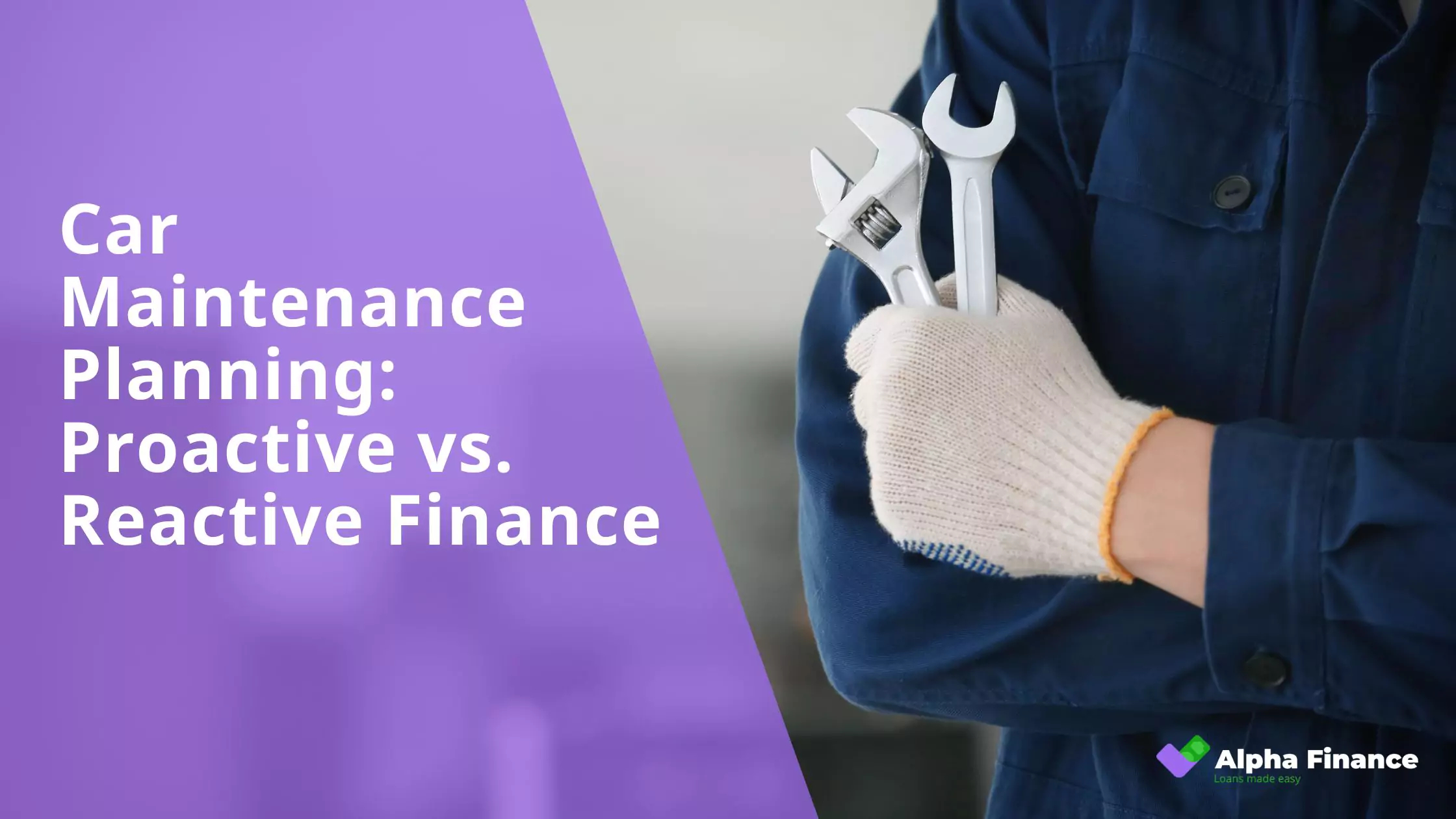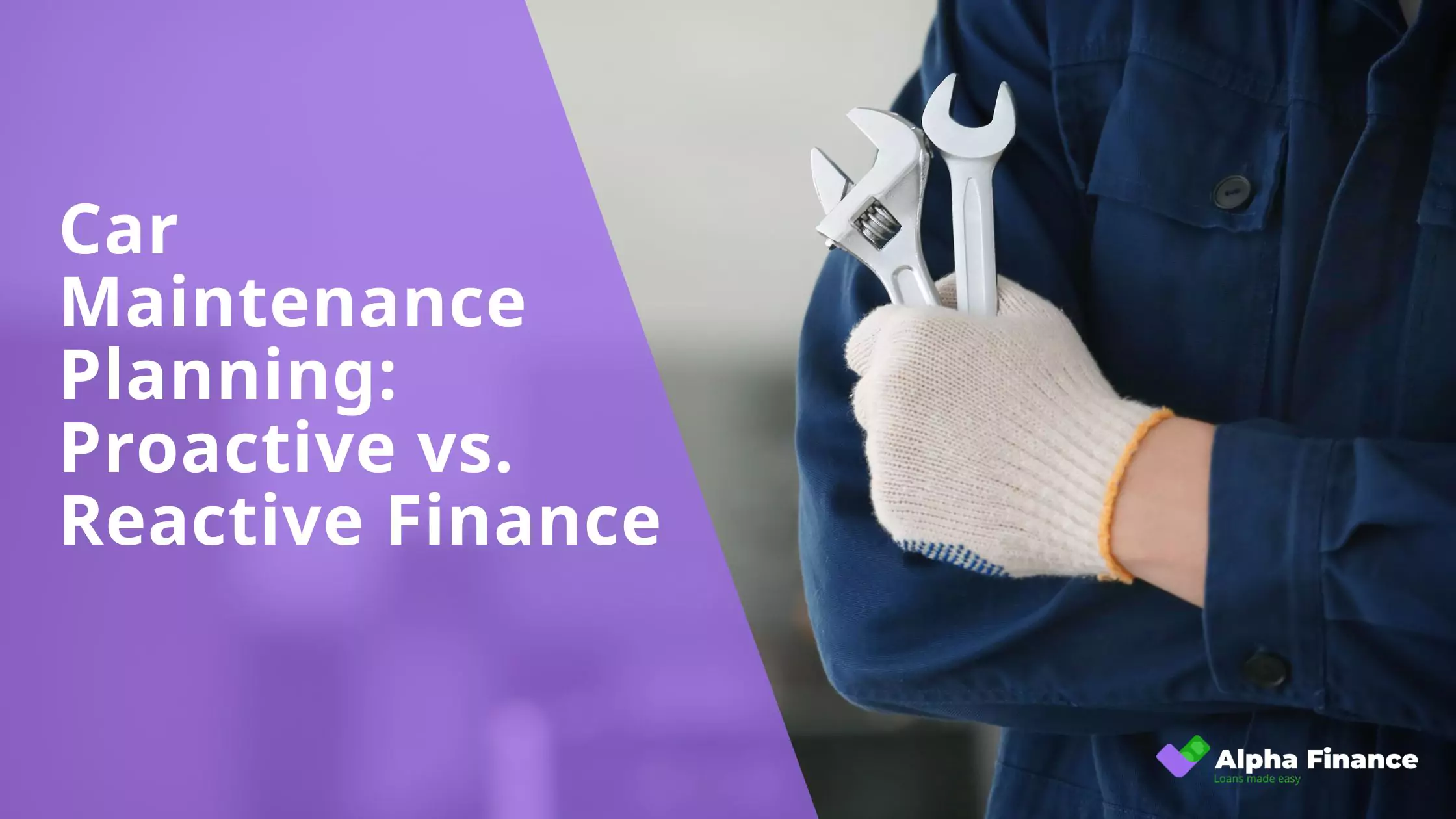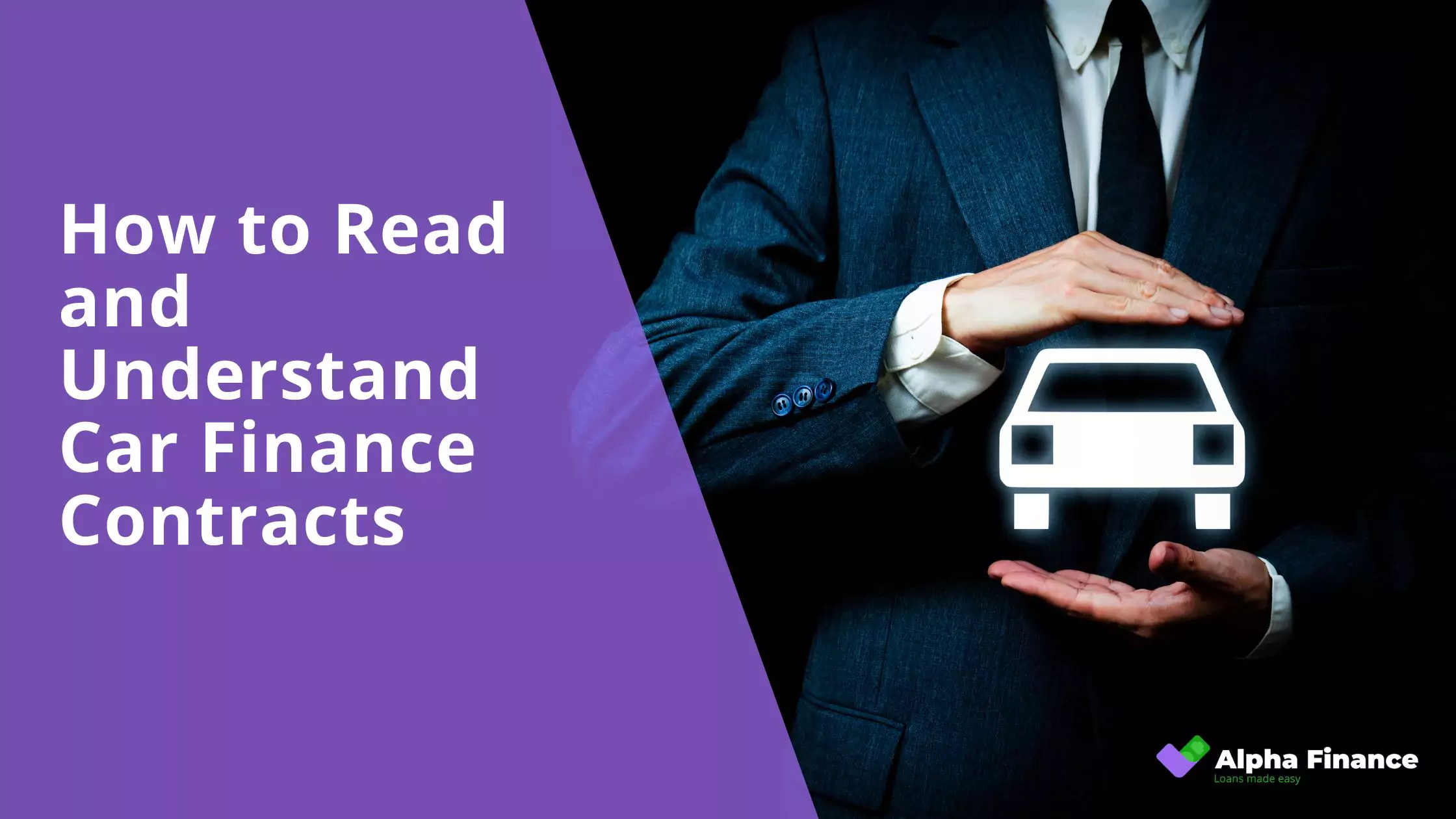A down payment represents the initial capital contribution made towards the purchase of a vehicle, directly reducing the principal amount requiring financing. A more substantial down payment yields considerable long-term financial advantages, contributing to more manageable car ownership. This guide outlines strategies for determining an optimal down payment aligned with individual financial circumstances.
Industry Guidelines and Considerations
Standard industry recommendations often suggest a down payment of 20% for new vehicles and 10% for used vehicles.
-
Rationale Behind Percentages: These guidelines serve to mitigate financial exposure for both the borrower and the lender. For new vehicles, a larger initial payment addresses the typically more pronounced early depreciation, facilitating quicker equity accrual and reducing the risk of negative equity. For used vehicles, while the initial depreciation is less acute, a 10% down payment still signifies financial commitment and lowers the lender’s risk profile.
-
Flexibility Based on Individual Circumstances: It is important to recognise that these percentages are advisory. The most suitable down payment will be influenced by individual financial capacity, the specific vehicle under consideration, and the financing terms offered by lending institutions.
Advantages of a More Significant Down Payment
While necessitating greater upfront capital, a larger down payment on a vehicle purchase offers several key benefits:
-
Substantially Reduced Monthly Outlays: A larger initial capital injection directly correlates with a smaller loan principal. This translates into demonstrably lower monthly repayment obligations, providing greater flexibility within your household budget. This freed-up cash flow can be strategically allocated towards savings, investments, or other essential expenditures, contributing to enhanced financial resilience.
-
Significant Reduction in Total Interest Expenditure: Interest accrues on the outstanding principal balance of the loan. By making a more substantial down payment, you immediately decrease the base upon which interest is calculated. Over the life of the loan, this compounding effect results in a considerable reduction in the total interest paid to the lender, representing tangible financial savings that can be redirected towards wealth accumulation.
-
Rapid and Robust Equity Accrual: Equity in your vehicle represents the portion you outright own. A larger down payment establishes a significant initial equity position. This is particularly crucial in the early years of ownership when depreciation is typically most pronounced. A strong equity base mitigates the risk of finding yourself in a negative equity situation, where the market value of your vehicle is less than the outstanding loan balance. This protection is vital if unforeseen circumstances necessitate the sale or trade-in of the vehicle.
-
Potential for More Competitive Interest Rate Offers: Lenders in the Australian market assess risk based on various factors, including the loan-to-value ratio (LVR). A larger down payment directly lowers the LVR, signifying a lower level of risk for the lender. Consequently, borrowers with substantial down payments may be offered more competitive interest rates, further reducing the overall cost of financing. This can result in tangible savings on your monthly repayments and the total interest paid over the loan term.
-
Enhanced Loan Approval Likelihood, Particularly for Certain Credit Profiles: For individuals with less-than-perfect credit histories or those with limited credit experience in Australia, a larger down payment can serve as a significant mitigating factor in the lender’s risk assessment. It demonstrates a strong financial commitment and a reduced reliance on borrowed funds, thereby increasing the likelihood of loan approval. This can be the crucial difference between securing financing and facing rejection.
-
Facilitation of Shorter and More Economical Loan Tenures: The reduced monthly repayment burden resulting from a larger down payment may afford you the strategic option of selecting a shorter loan term. While this will lead to higher individual monthly payments compared to a longer loan, it significantly accelerates the loan repayment timeline and dramatically reduces the total amount of interest paid over the life of the loan. Opting for a shorter tenure is a financially prudent strategy for achieving debt-free status sooner and minimising long-term borrowing costs.
Factors to Consider When Deciding Your Down Payment:
When determining the optimal down payment for your vehicle purchase in Australia, several key factors warrant careful consideration:
-
Your Current Savings and Budget: It’s paramount not to deplete your emergency fund or compromise your essential living expenses in pursuit of a larger down payment. Strike a balance between a substantial initial payment and maintaining adequate financial reserves for unforeseen circumstances.
-
The Price of the Vehicle: The absolute cost of the car you intend to purchase will influence the significance of different down payment percentages. For higher-priced vehicles, a more substantial down payment may be necessary to realise meaningful reductions in monthly payments and overall interest.
-
Your Credit Score: Individuals with excellent credit histories in Australia may qualify for lower down payment requirements and more favourable loan terms. Lenders perceive these borrowers as lower risk, potentially reducing the need for a large upfront investment.
-
Loan Terms and Interest Rates Offered: Compare loan offers from various Australian lenders, evaluating the interplay between down payment amounts, interest rates, and loan terms. A lower interest rate might make a smaller down payment more palatable, while a longer loan term could offset a larger down payment’s impact on monthly affordability.
-
Risk Tolerance for Being Upside Down: Assess your comfort level with the potential for negative equity, particularly with new vehicles that experience more rapid initial depreciation. If maintaining equity from the outset is a high priority, a larger down payment is advisable.
-
Your Monthly Budget Comfort Level: While a larger down payment reduces monthly car loan repayments, it necessitates a greater upfront financial commitment. Consider your overall monthly budget and ensure that allocating a significant sum to the down payment doesn’t unduly strain your capacity to meet other financial obligations.
-
The Type of Car (New vs. Used): Depreciation patterns differ significantly between new and used vehicles in Australia. New cars typically depreciate more rapidly in their initial years, making a larger down payment more critical for mitigating negative equity. Used cars, having already absorbed a significant portion of their initial depreciation, may not necessitate as large a down payment to achieve a similar level of equity protection.
Strategic Down Payment Amounts Based on Goals
-
Maximising Monthly Cash Flow: For Aussies prioritising immediate budget relief, stumping up the biggest down payment they can comfortably manage is key. This directly shrinks the amount borrowed, leading to smaller monthly repayments. This extra cash in your pocket each month can then be used for other expenses, savings goals (like that holiday to Bali), or even just a bit more wiggle room in your discretionary spending.
-
Long-Term Cost Savings: If your main aim is to minimise the total cost of your car over the long haul (including all that interest), then a hefty down payment combined with the shortest loan term you can handle is the smartest play. A bigger down payment means less interest accrues on a smaller principal, and a shorter loan term means you’re paying interest for a shorter period overall, saving you a fair chunk of coin.
-
Financial Security and Dodging Negative Equity (“Being Upside Down”): For those who like a bit more financial security, especially when buying a brand-spanking-new car (which tends to lose value quicker initially), aiming for a down payment well over the typical 20% can provide a solid buffer against depreciation. This reduces the risk of finding yourself owing more on the loan than what your car’s actually worth if you need to sell or trade it in down the track.
-
Overcoming Credit Challenges: If your credit history isn’t sparkling, a larger down payment can be a real game-changer. It shows lenders you’re serious and reduces their risk, making them more likely to approve your loan application. While you might still face a higher interest rate compared to someone with excellent credit, a bigger down payment can sometimes help you secure a slightly better rate than you otherwise would.
Elaborating on Creative Down Payment Strategies
-
Maximising Your Trade-In Power: Do your homework on the fair market value of your current car in the Aussie used car market using websites like carsales.com.au, Gumtree, or even redbook.com.au for valuations. Don’t just accept the first offer from the dealership; haggle a bit to ensure you’re getting a fair price, as every extra dollar on your trade-in directly reduces your new loan amount.
-
Strategic Resource Combination: Have a good hard look at your savings and the potential trade-in value of your current car. Plan how to combine these resources effectively to achieve the largest possible down payment without dipping into your emergency fund or compromising your ability to cover other essential expenses.
-
Implementing a Disciplined Savings Plan: If you’re planning a car purchase in the future, set a clear savings goal for your down payment and a realistic timeline. Automate regular transfers from your everyday account to a dedicated savings account, and look for ways to trim non-essential spending to boost your savings rate. Even small, consistent contributions can add up over time.
-
The Patience Advantage: If you’re not in a rush to buy a new car, delaying your purchase even by a few months can give you valuable extra time to save a larger down payment. This patience can pay off in the form of better loan terms and lower overall costs down the line.
-
Capitalising on Manufacturer Support: Keep your eyes peeled for any manufacturer incentives, cashback offers, or rebates being offered in Australia. These deals can sometimes be applied directly to reduce the price of the vehicle, effectively increasing the size of your down payment without you having to contribute extra cash upfront. Check the fine print and eligibility requirements.
-
The Co-signer Consideration (Proceed with Caution): While having a mate or family member with a solid credit history co-sign your loan can potentially reduce the need for a large down payment by making you a less risky borrower in the lender’s eyes, it’s vital to have a frank and honest chat about the responsibilities and potential downsides for everyone involved. The co-signer is legally on the hook to repay the loan if you can’t.
The Pitfalls of a Low or No Down Payment:
While the allure of driving away in a new car without a significant upfront cost can be strong, opting for a low or no down payment on your car loan in Australia comes with several potential drawbacks:
-
Higher Monthly Payments: When you borrow the entire purchase price of the vehicle, your loan principal is at its maximum. Consequently, your monthly repayment obligations will be significantly higher compared to if you had made a substantial down payment. This can strain your monthly budget and reduce your financial flexibility for other expenses or savings goals.
-
More Interest Paid Over the Life of the Loan: Interest accrues on the outstanding principal balance. With a larger principal resulting from a low or no down payment, you will end up paying considerably more interest over the entire duration of the loan. This increased borrowing cost can negate any perceived short-term affordability gains from the lower initial outlay.
-
Increased Risk of Negative Equity: Especially in the early years of ownership, new cars in Australia experience their most significant depreciation. If you have a low or no down payment, the value of your vehicle can quickly fall below the amount you still owe on the loan, putting you in a “negative equity” or “upside down” situation. This becomes problematic if you need to sell or trade in the car, as you would have to cover the difference between the loan balance and the car’s worth.
-
Potentially Higher Interest Rates: Lenders in Australia assess risk based on the loan-to-value ratio (LVR). A low or no down payment results in a higher LVR, indicating a greater risk for the lender. To compensate for this increased risk, they may offer you a higher interest rate compared to borrowers who make a more substantial down payment. This higher rate further increases the total cost of your loan.
Using Online Calculators to Your Advantage
Online car loan calculators available in Australia are invaluable tools for understanding the tangible impact of your down payment decisions:
-
Illustrating the Impact: These calculators allow you to input the total price of the car, various down payment amounts, the annual interest rate, and the loan term. By simply adjusting the down payment figure, you can instantly see how it affects both your estimated monthly repayments and the total amount of interest you will pay over the life of the loan. This direct visual representation clearly demonstrates the financial benefits of a larger down payment.
Encouraging Scenario Exploration: We strongly encourage you to experiment with different down payment scenarios using these online tools. For instance, compare the monthly payments and total interest for a $30,000 car financed with a $0 down payment versus a $6,000 (20%) down payment. Observe how the monthly payments decrease and the total interest savings increase as the down payment amount rises. This hands-on exploration will provide a clearer understanding of the long-term financial implications of your upfront investment and empower you to make a more informed decision that aligns with your financial goals.
Conclusion
Ultimately, there’s no magic number or single “right” down payment amount for every Australian car buyer. The ideal figure is a personal one, requiring a balanced approach that carefully considers your current savings, budget constraints, risk tolerance, and long-term financial aspirations. While the allure of a minimal upfront cost might be tempting, understanding the significant long-term financial benefits of a well-considered down payment – including lower monthly repayments, reduced interest paid, and greater equity – is crucial for making a financially sound decision that sets you up for success down the road.
Competitive Rates on Australian Car Loans: Alpha Finance
Securing a great deal on your car finance is just as important as determining the right down payment. At Alpha Finance, we’re committed to providing Australians with competitive interest rates on a wide range of car loans. Our experienced team can work with you to understand your individual circumstances and find a financing solution that complements your down payment strategy and overall financial goals. Don’t settle for just any loan – explore the competitive rates and flexible options available with Alpha Finance and drive away with confidence. Contact us today to discuss your car finance needs in Australia.




